Most people are familiar with Dill Pickles and Sauerkraut as pickled foods. The familiar tang of a pickle many people associate with vinegar and not another form of acid created via lactic acid fermentation.
There are key differences between pickles preserve with vinegar and those pickled with lactic acid so let’s take a look at what lactic acid fermentation is and how people for thousands of years have been using lactic acid fermentation to preserve food.
Table of Contents
Lactic Acid Fermentation
Lactic acid is produced by lactic acid producing bacteria (LAB) such as lactobacillus of which there are all sorts of different strains.
This lactobacillus bacteria is present on all fruit, vegetables, in the air on even on your skin. So when we leave the vegetables or fruit we want to preserve in the right conditions this bacteria can thrive, outcompete other bacteria and produce the lactic acid which pickle the vegetables and fruit to preserve them.
Sugar Feeds The Fermentation
This process is called lactic acid fermentation. The lactic acid producing bacteria feed on sugars that are present in the fruit and vegetables. Using this as a food source and creating the by products of acid and carbon dioxide.
This not only preserves the food but also transforms the flavour and enhances certain flavours.
Lactic Acid As A Preservative
Lactic acid or any other acidic environment makes it extremely difficult for bacteria or microorganisms to grow. When you immerse food such as vegetables, fruit or in special circumstances fish/meat in an acid it means the organisms or bacteria that would otherwise spoil the food cannot develop.
The low pH and acidity create a harsh environment that inhibits a vast array of pathogenic bacteria that would otherwise make you ill or spoil the food very quickly.
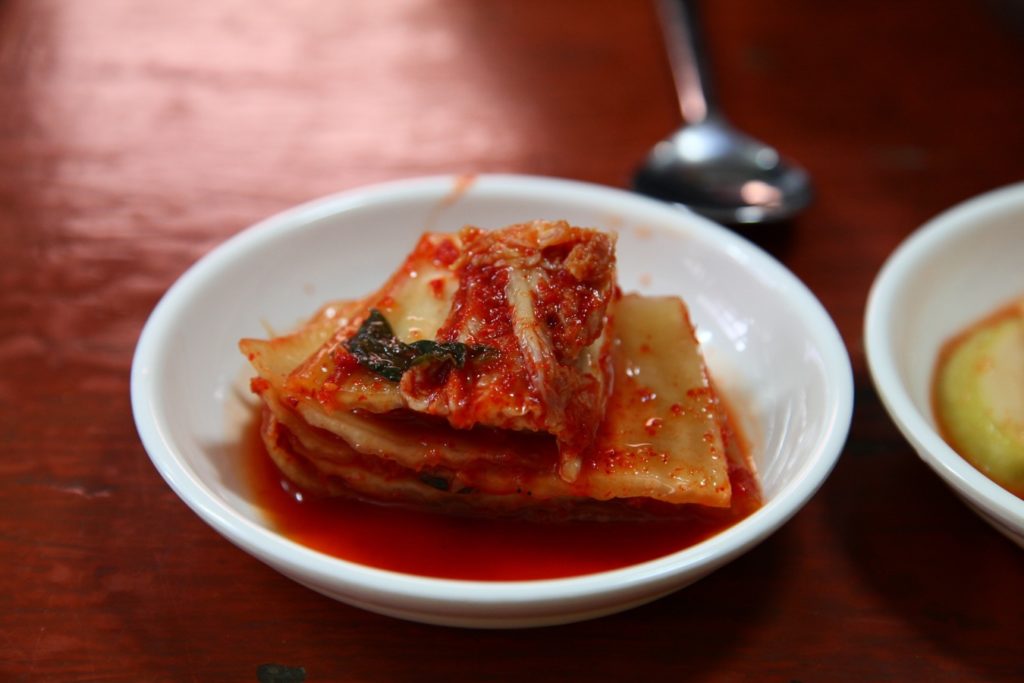
Of course, not all acids are safe for human consumption so we have to ensure that the acid used to preserve food is not too acidic and also that it is safe to consume.
Acids such as lactic acid are produced via fermentation which is important because it limits the acidity which can be achieved and the bacteria that facilitate the fermentation are completely safe to consume.
How Long Does Lactic Acid Fermentation Take?
The process of fermentation can take anywhere from 3 – 4 days for a mildly acidic preserve to 2 – 3 weeks for a fully fermented lacto preserve.
In the past when refridgeration was not available ferments such as saurkraut would be left at ambient temperatures for months and months as the lactic acid fermentation was enough to preserve the cabbage without refrigeration.
In the home environment we can closely control the fermentation of vegetable and fruits by checking the acidity at certain intervals of say every couple of days. When you are happy with the level of acidity the preserve can be refrigerated to halt further fermentation and keep the preserve stable for much longer periods.
In most cases fermentation should take between 5 – 14 days to reach an acceptable acidity and flavour and after this point the lacto ferment can be refrigerated.
Checking The Acidity of a Lactic Acid Fermentation
To be properly preserved we need to ensure the lacto ferment reaches a certain pH of 4.6 or lower. This can easily be tested with an inexpensive pH meter or test strips by testing the liquid in the fermentation jar.
In most cases a lactic acid fermentation left longer than a week will reach a pH a lot lower than 4.6 with most going as low as a pH of 3.
What Role Does Salt Play in Lactic Acid Fermentation?
Salt in quantities of 2 – 5% in a brine or by weight of the produce being pickled. This plays to roles in the fermentation.
Firstly, the salt inhibits bacteria that would otherwise spoil the fruit or vegetables being fermented. Unlike lactic acid producing bacteria most other microorganisms cannot survive in a saline or salty environment. Lactobacillus on the other hand can and do thrive.
This means that the period at the start of fermentation the salt inhibits nearly any microorganism that would spoil the produce and allows the lactic acid producing bacteria to grow, reproduce and colonise the ferment.
Secondly, salt also draws water out of the fruit or vegetables being preserved. This is important for a variety of reasons. The salt enhances the flavour of the produce, retains its texture by drawing out the water and limits the activity of enzymes in the vegetables that may allow the to deteriorate.
Do You Need To Use Lactic Bacteria Starter Cultures For Fermentation?
The are various commercial starter cultures available to start lactic acid fermentation but these are not really necessary.
Lactic acid bacteria are present on all fresh fruits and vegetables as well as the environment around us. If you are patient and you create a suitable environment for fermentation then it will happen on it’s own.
There are a couple of instances when using a starter culture may be beneficial.
To Start Fermentation Quickly: Using a starter culture inoculates your lato ferment with a large population of lactobacillus cells so fermentation starts and happens quicker.
High Sugar Ferments: If you are fermenting fruits or vegetables with a high amount of sugar content a starter culture will outcompete any other microorganisms that will try to grow in your ferment. Yeasts feed on sugar so using a starter culture will mean they cannot compete with the large colony of lactobacillus.
Starting Your Own Lactic Acid Fermentations
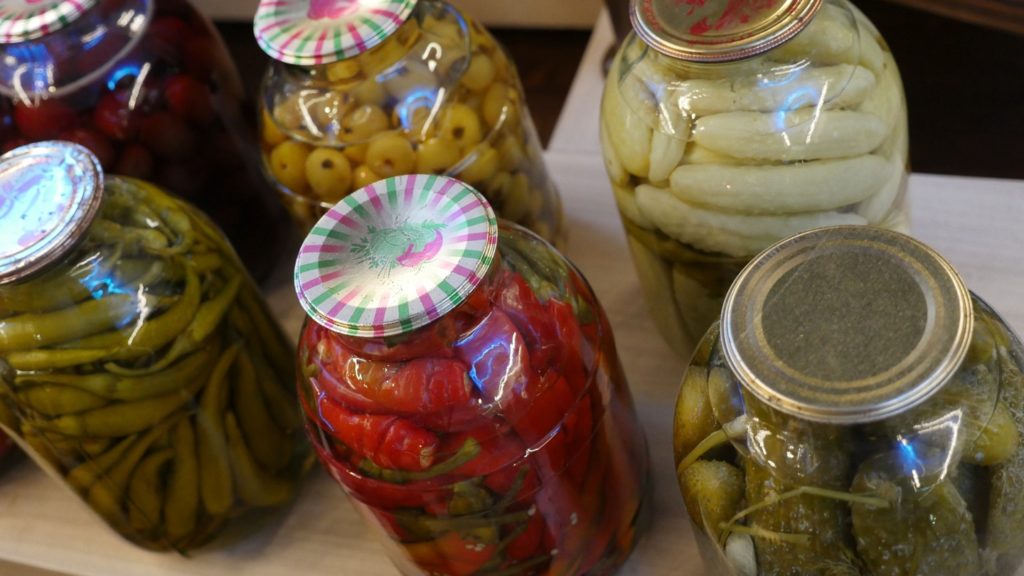
If you want to ferment vegetables or fruits yourself be sure to check out this guide which covers the process in detail.
The basic process is simple and really just consists of the following steps:
Create a brine between 2.5 – 3% salt by adding salt to boiled water and allow to cool to ambient temperature. This calculator will help you with the ratio of salt to water.
In a jar add the fruit or vegetables you want to ferment. Completely cover the produce with the room temperature brine.
Weigh the vegetables down, either with fermentation weights or use a small ziplock back filled with water.
Cover the jar and leave at room temperature. Be sure to burp the jar once or twice a day to stop carbon dioxide from building up.
After 5 days taste the ferment. The brine should be slightly tart and will continue to get more acidic as each day passes. If you have pH test strips you can check the pH is below 4.6.
When the ferment is sour enough move it to the refrigerator and it is ready to eat.
For a more in depth guide I highly recommend reading this guide. The process is simple and the limits with fruits, vegetables and herbs and spices is nearly limitless.
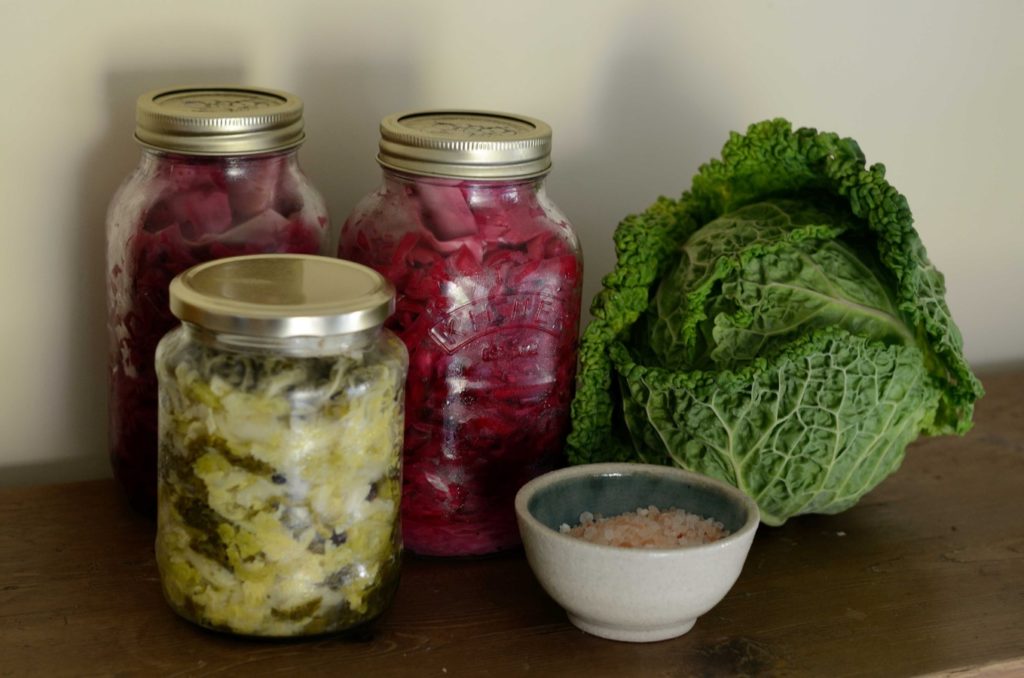
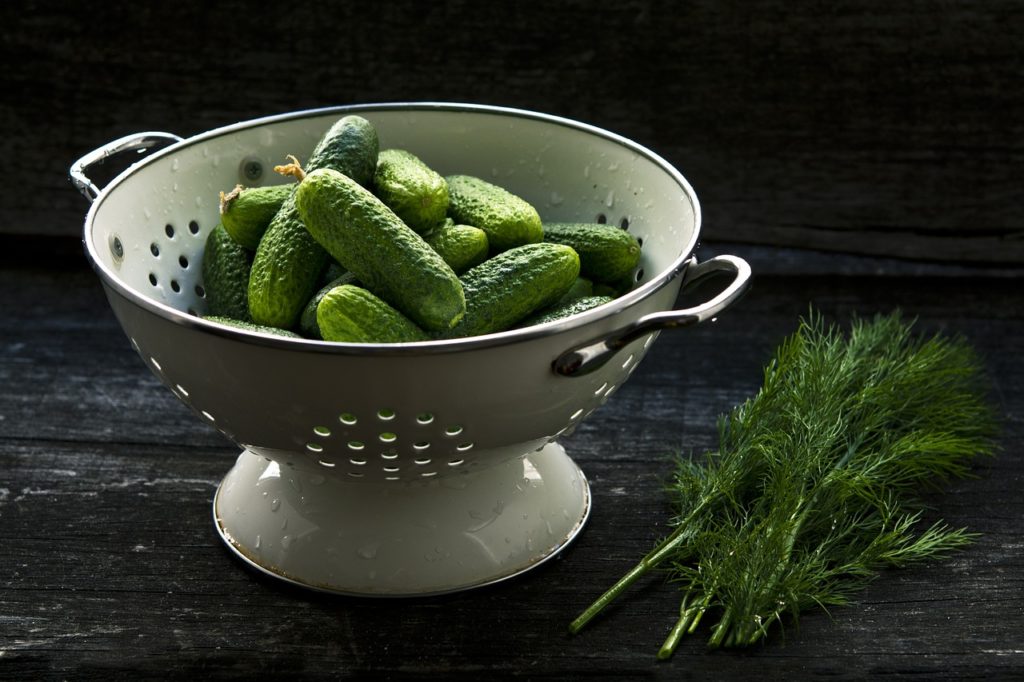
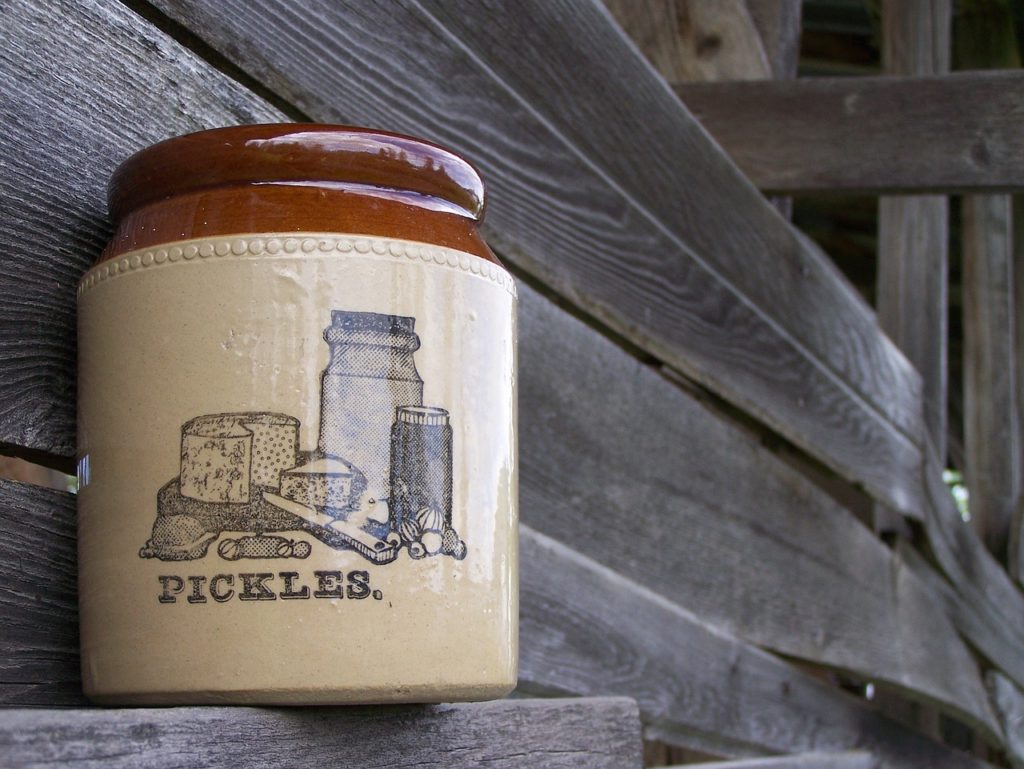
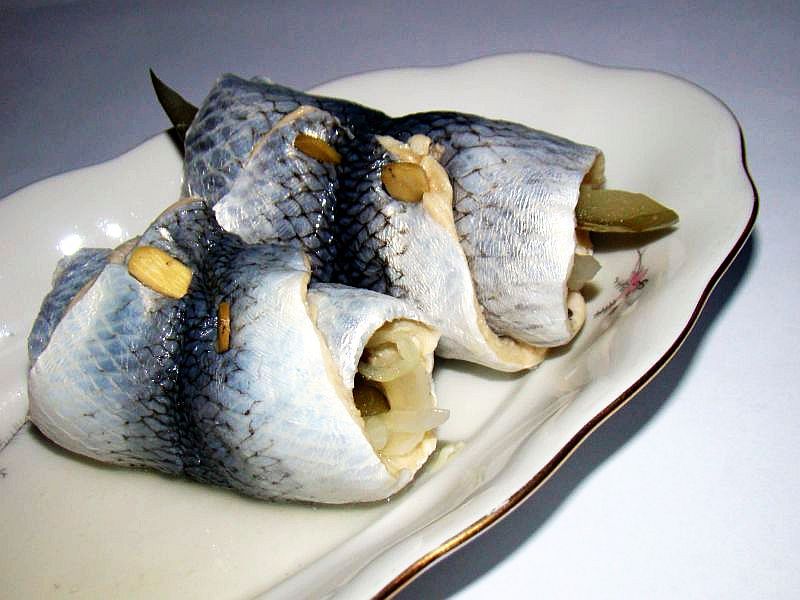
Is there any way to stop the fermentation process once the desired PH level has been achieved? Placing in the refrigerator only slows it down. Pickles and sauerkraut, when purchased have completely stopped the fermentation process and can be placed in the pantry or cupboard. If the fermentation process has not stopped, then more CO2 would be released and pop the seals of the jars. What is the secret to stopping the process to maintain that perfect taste?
Placing in a refrigerator at below 4°C / 39°F will stop most fermentation and you should be able to store ferments for months without any pressure building up. Lactic acid bacteria need temperatures warmer than room temperature to really thrive.
Along with this ferments that are stored for longer tend to be more sour. There is a limited amount of sugar in vegetables for the bacteria to feed on, once the sugar source is depleted and has been converted to CO2 and lactic acid the bacteria will begin to go dormant. This same thing happens in other ferments like beer, once the sugar has been consumed the ferment stabilises and can be packaged without ongoing fermentation.
The only way to really stop the fermentation completely is to pasteurise the ferment by dropping into a boiling water bath, this has the negative consequence of killing the beneficial bacteria and affect the texture of the ferment.
Hope this helps